by Andrew Hedglin
A couple of weeks ago, I was doing some due diligence as a bookseller, and was reading the author interview in the book section of the Sunday Clarion-Ledger. This interview was with Phillip Watson, author of Garden Magic. Now, I’m not much for gardening myself, but as I read the interview I came across this really interesting quotation he used to explain the title: “Magic isn’t so much what you create. It is what you notice.”
I’ve been thinking a little bit about the nature of magic due to two fantastic novels I just read simultaneously: Avenue of Mysteries, the latest novel by John Irving which was just released this past November, and I’ll Never Get Out of This World Alive, the 2011 debut novel by country music singer Steve Earle. The two stories are ostensibly about male characters who are looking for a brighter future and trying to outrun their past, respectively, but the novels orbit around two Mexican teenage girls; Graciela in I’ll Never Get Out of This World and Lupe in Avenue of Mysteries.
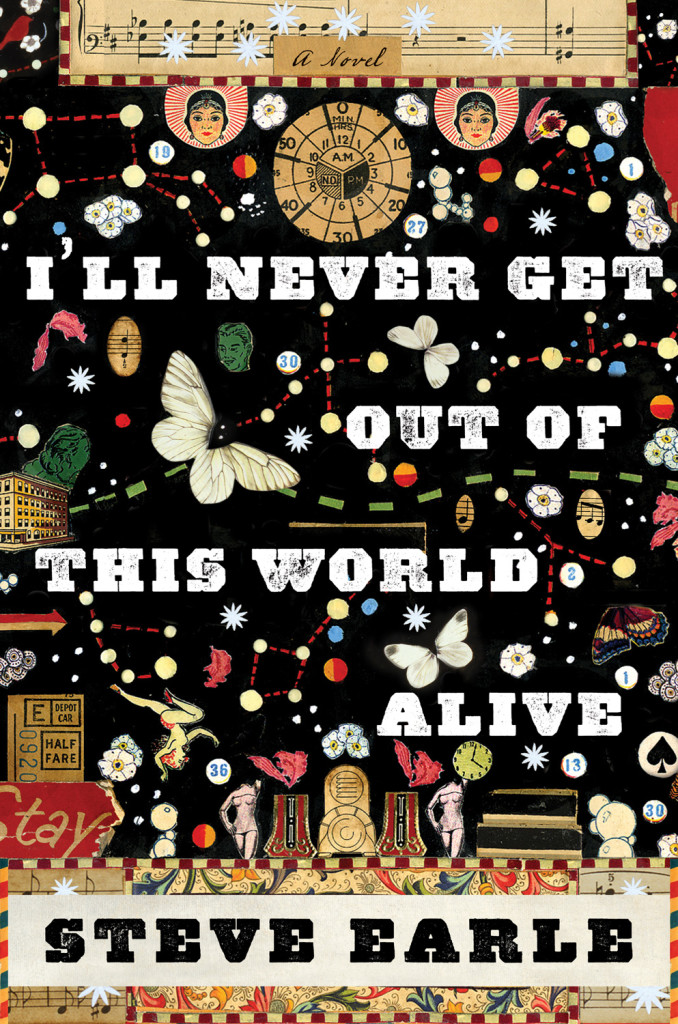 Graciela is an eighteen year-old from a tiny town called Delores Hidalgo, before she finds herself in the care of an abortion doctor named Doc Ebersole on the South Presa Strip in San Antonio, Texas. Doc has been haunted by the ghost of Hank Williams ever since he gave Hank (in this version of events, anyway) the drugs that lead to his overdose. After ten years of chasing his heroin addiction across the Gulf South, Doc lands in San Antonio, Texas, plying his trade for girls in trouble and outlaws who can’t go to real hospital for fear of the law. Graciela’s arrival in late 1963 changes the course of not only his life, but also that of the entire neighborhood. The catalyst to the looming change begins with the investigation by a curious, hotheaded priest named Father Killen into the mysterious and perhaps miraculous goings-on on South Presa.
Graciela is an eighteen year-old from a tiny town called Delores Hidalgo, before she finds herself in the care of an abortion doctor named Doc Ebersole on the South Presa Strip in San Antonio, Texas. Doc has been haunted by the ghost of Hank Williams ever since he gave Hank (in this version of events, anyway) the drugs that lead to his overdose. After ten years of chasing his heroin addiction across the Gulf South, Doc lands in San Antonio, Texas, plying his trade for girls in trouble and outlaws who can’t go to real hospital for fear of the law. Graciela’s arrival in late 1963 changes the course of not only his life, but also that of the entire neighborhood. The catalyst to the looming change begins with the investigation by a curious, hotheaded priest named Father Killen into the mysterious and perhaps miraculous goings-on on South Presa.
What he looks to confirm is this: Graciela has a mysterious healing power that is both physical and moral for Doc’s patients. Guided by the teaching of her late grandfather, she is connected to the spiritual world. For instance, she is the only other person besides Doc who can see Hank’s ghost. She just seems saintly. She gives off an aura that seems selfless (mostly true) and virginal (less so).
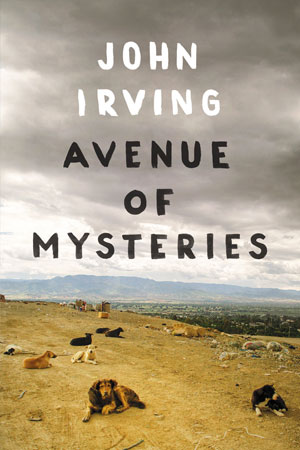 Lupe, however, casts a long shadow in the other direction. The 13 year-old younger sister to the protagonist 14 year-old Juan Diego, she hails from the city dump just outside of Oaxaca. Due to webbing in her vocal chords, her voice is unintelligible to everybody but Juan Diego, but must translate for her. She can read minds and—perhaps—predict the future. She is opinionated, salty, and later on, quite vulgar. She takes orders from no one, but like Graciela, she is a born protector. She and her brother are named after Virgin of Guadalupe, a vision of Mary who appeared in Mexico in the 1500s, and the Aztec man who discovered her. She is capable of great faith, but demands results.
Lupe, however, casts a long shadow in the other direction. The 13 year-old younger sister to the protagonist 14 year-old Juan Diego, she hails from the city dump just outside of Oaxaca. Due to webbing in her vocal chords, her voice is unintelligible to everybody but Juan Diego, but must translate for her. She can read minds and—perhaps—predict the future. She is opinionated, salty, and later on, quite vulgar. She takes orders from no one, but like Graciela, she is a born protector. She and her brother are named after Virgin of Guadalupe, a vision of Mary who appeared in Mexico in the 1500s, and the Aztec man who discovered her. She is capable of great faith, but demands results.
Because Avenue of Mysteries follows both Juan Diego’s childhood in Mexico and a trip to the Philippines after an adulthood in Iowa, Lupe appears in only half of the story—but it’s the more intriguing half. Irving, just as in A Prayer for Owen Meany and Last Night in Twisted River, writes slightly more fantastic and compelling childhoods than he does adulthoods, but the stories are interlocked rather than sequential, so the book never loses its momentum. Also, because we know Juan Diego’s fate in adulthood, what we wonder as they progress from the dump to the orphanage to the circus, is not what happens, but how (and was it inevitable?), especially regarding Lupe’s absence from the modern day narrative.
Although neither Graciela nor Lupe is, as I’ve said, the protagonist of her story, it’s hard to argue that each is not the star of the story. Graciela defies a hard realism in Earle’s novel, and Lupe a slightly softer one in Irving’s. Their fates differ wildly, but both leave an indelible impression—on the other characters, and the reader. Miracles seem to follow Graciela and Lupe, but what they can do is often a product of what they can see, and know, rather than what they will to be. They rarely use their abilities to their own ends, and the church is loath to anoint either of their magic as a miracle.
To be honest, I don’t quite know what to make of the use of archetype by authors who are clearly not of Mexican heritage. I can’t tell if use of the culture seems exploitative, or if the culture is a fertile setting and fair game for such a tale, or if both those things are true. I do know that when I studied the works of Gabriel Garcia Marquez, a Colombian (and Mexican!) master of such of a form, in school, I learned that magical realism is often created in the belief gaps between two different cultures, and there certainly is that tension all throughout both novels. But regardless of where the magic comes from, it is there, and is worth noticing.
 What is there to do when a picture book has been canceled? Pencil is the narrator and director in this story. The crayons are getting ready to act out their parts. Frankencrayon is sent to page 22 to make his grand entrance. He is, as his name suggests, a crayon towering over the rest, a mix of green, orange, and purple broken crayons held together by masking tape.
What is there to do when a picture book has been canceled? Pencil is the narrator and director in this story. The crayons are getting ready to act out their parts. Frankencrayon is sent to page 22 to make his grand entrance. He is, as his name suggests, a crayon towering over the rest, a mix of green, orange, and purple broken crayons held together by masking tape.

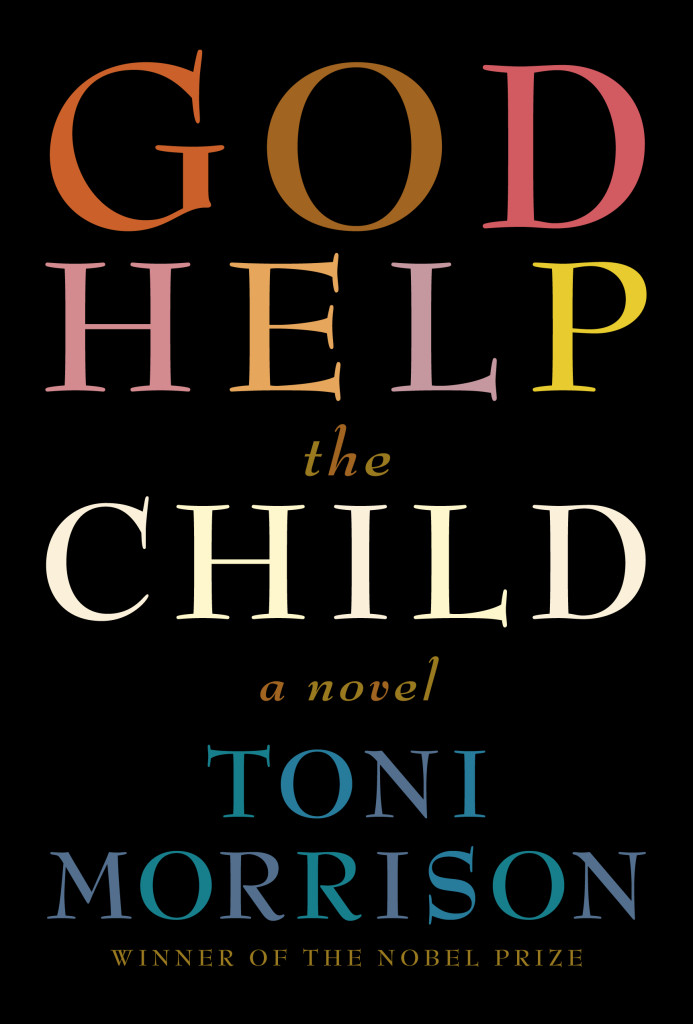 Since it will be coming out in paperback later this month, I feel it’s appropriate to bring back into the conversation my favorite fictional release from 2015, Toni Morrison’s
Since it will be coming out in paperback later this month, I feel it’s appropriate to bring back into the conversation my favorite fictional release from 2015, Toni Morrison’s 
 “Wolf wilders are almost impossible to spot. A wolf wilder is not like a lion tamer nor a circus ringmaster: Wolf Wilders can go their whole lives without laying eyes on a sequin. They look, more or less, like ordinary people. There are clues: More than half are missing a piece of finger, the lobe of an ear, a toe or two. They go through clean bandages the way other people go through socks. They smell very faintly of raw meat.”
“Wolf wilders are almost impossible to spot. A wolf wilder is not like a lion tamer nor a circus ringmaster: Wolf Wilders can go their whole lives without laying eyes on a sequin. They look, more or less, like ordinary people. There are clues: More than half are missing a piece of finger, the lobe of an ear, a toe or two. They go through clean bandages the way other people go through socks. They smell very faintly of raw meat.”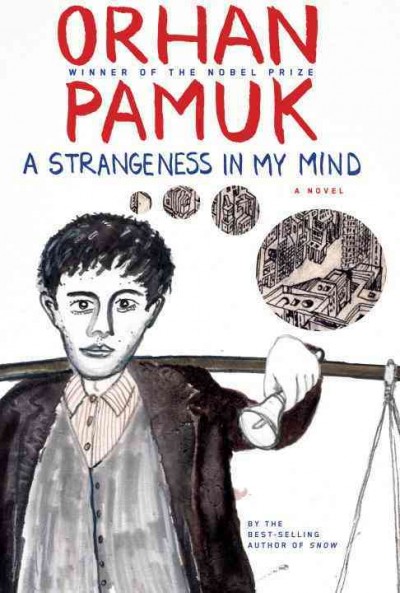 Imagine you’re broke (if you aren’t already), and you’ve just shown up to your successful cousin’s wedding. You’re without a gift, but even worse, you’re without a date. Old relatives are walking by and pinching your cheek asking when they’ll be able to come to your wedding.
Imagine you’re broke (if you aren’t already), and you’ve just shown up to your successful cousin’s wedding. You’re without a gift, but even worse, you’re without a date. Old relatives are walking by and pinching your cheek asking when they’ll be able to come to your wedding.
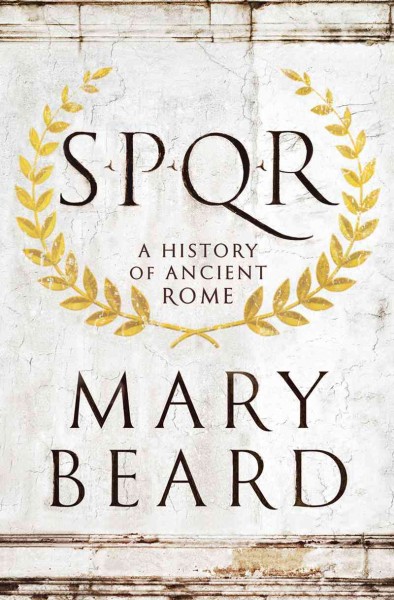 I love reading about pretty much any historical period. But I really love reading about Rome! I memorized toga styles once- it’s kind of an obsession. So I was excited that a
I love reading about pretty much any historical period. But I really love reading about Rome! I memorized toga styles once- it’s kind of an obsession. So I was excited that a  Graciela is an eighteen year-old from a tiny town called Delores Hidalgo, before she finds herself in the care of an abortion doctor named Doc Ebersole on the South Presa Strip in San Antonio, Texas. Doc has been haunted by the ghost of
Graciela is an eighteen year-old from a tiny town called Delores Hidalgo, before she finds herself in the care of an abortion doctor named Doc Ebersole on the South Presa Strip in San Antonio, Texas. Doc has been haunted by the ghost of  Lupe, however, casts a long shadow in the other direction. The 13 year-old younger sister to the protagonist 14 year-old Juan Diego, she hails from the city dump just outside of Oaxaca. Due to webbing in her vocal chords, her voice is unintelligible to everybody but Juan Diego, but must translate for her. She can read minds and—perhaps—predict the future. She is opinionated, salty, and later on, quite vulgar. She takes orders from no one, but like Graciela, she is a born protector. She and her brother are named after Virgin of Guadalupe, a vision of Mary who appeared in Mexico in the 1500s, and the Aztec man who discovered her. She is capable of great faith, but demands results.
Lupe, however, casts a long shadow in the other direction. The 13 year-old younger sister to the protagonist 14 year-old Juan Diego, she hails from the city dump just outside of Oaxaca. Due to webbing in her vocal chords, her voice is unintelligible to everybody but Juan Diego, but must translate for her. She can read minds and—perhaps—predict the future. She is opinionated, salty, and later on, quite vulgar. She takes orders from no one, but like Graciela, she is a born protector. She and her brother are named after Virgin of Guadalupe, a vision of Mary who appeared in Mexico in the 1500s, and the Aztec man who discovered her. She is capable of great faith, but demands results. Earlier this week, Gene Luen Yang was appointed the National Ambassador for Children’s Literature. Having heard Yang speak at the Children’s Book Festival in Hattiesburg in April of 2015, this news comes as a delight. His presentation was engaging, made everyone laugh, and I’ve never seen so many librarians queue up to buy a graphic novel. They were sold out minutes after his speech. With his friendly demeanor and an innate ability to teach, whether it is about the history of superheroes in comics—Superman was also an alien immigrant—or teaching history (the Boxer Rebellion) or coding, Yang’s range and appeal is wide and varied. There is one constant, though. Gene uses illustrations, comic-strips, in fact, to tell his stories.
Earlier this week, Gene Luen Yang was appointed the National Ambassador for Children’s Literature. Having heard Yang speak at the Children’s Book Festival in Hattiesburg in April of 2015, this news comes as a delight. His presentation was engaging, made everyone laugh, and I’ve never seen so many librarians queue up to buy a graphic novel. They were sold out minutes after his speech. With his friendly demeanor and an innate ability to teach, whether it is about the history of superheroes in comics—Superman was also an alien immigrant—or teaching history (the Boxer Rebellion) or coding, Yang’s range and appeal is wide and varied. There is one constant, though. Gene uses illustrations, comic-strips, in fact, to tell his stories.
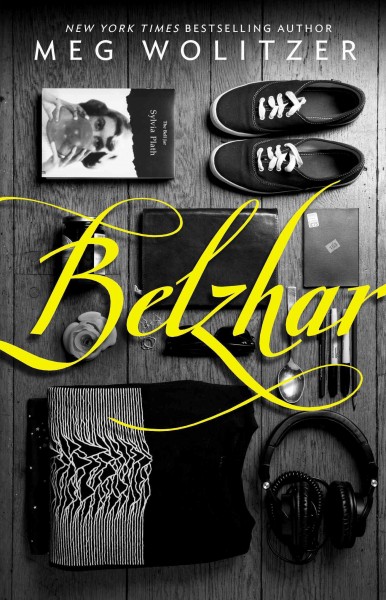 Over the break, I finally had some time to immerse myself in reading for fun! Did I ignore my impending final exams? Yes, I did! I read a couple of books during this time, but the one that really stood out to me was
Over the break, I finally had some time to immerse myself in reading for fun! Did I ignore my impending final exams? Yes, I did! I read a couple of books during this time, but the one that really stood out to me was 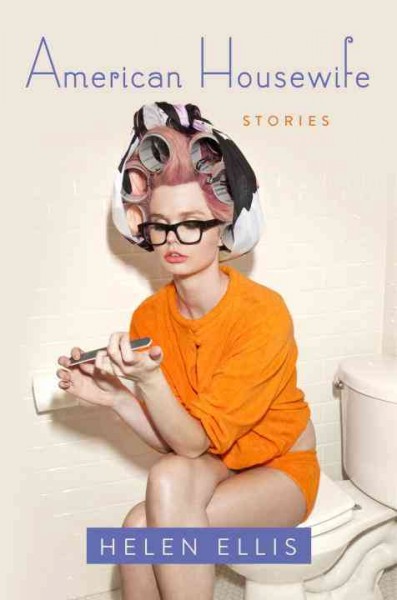 I am rendered a bit speechless in trying to describe what makes Helen Ellis’s new collection of short stories,
I am rendered a bit speechless in trying to describe what makes Helen Ellis’s new collection of short stories,  There are lots of words I could use to describe how I feel about
There are lots of words I could use to describe how I feel about